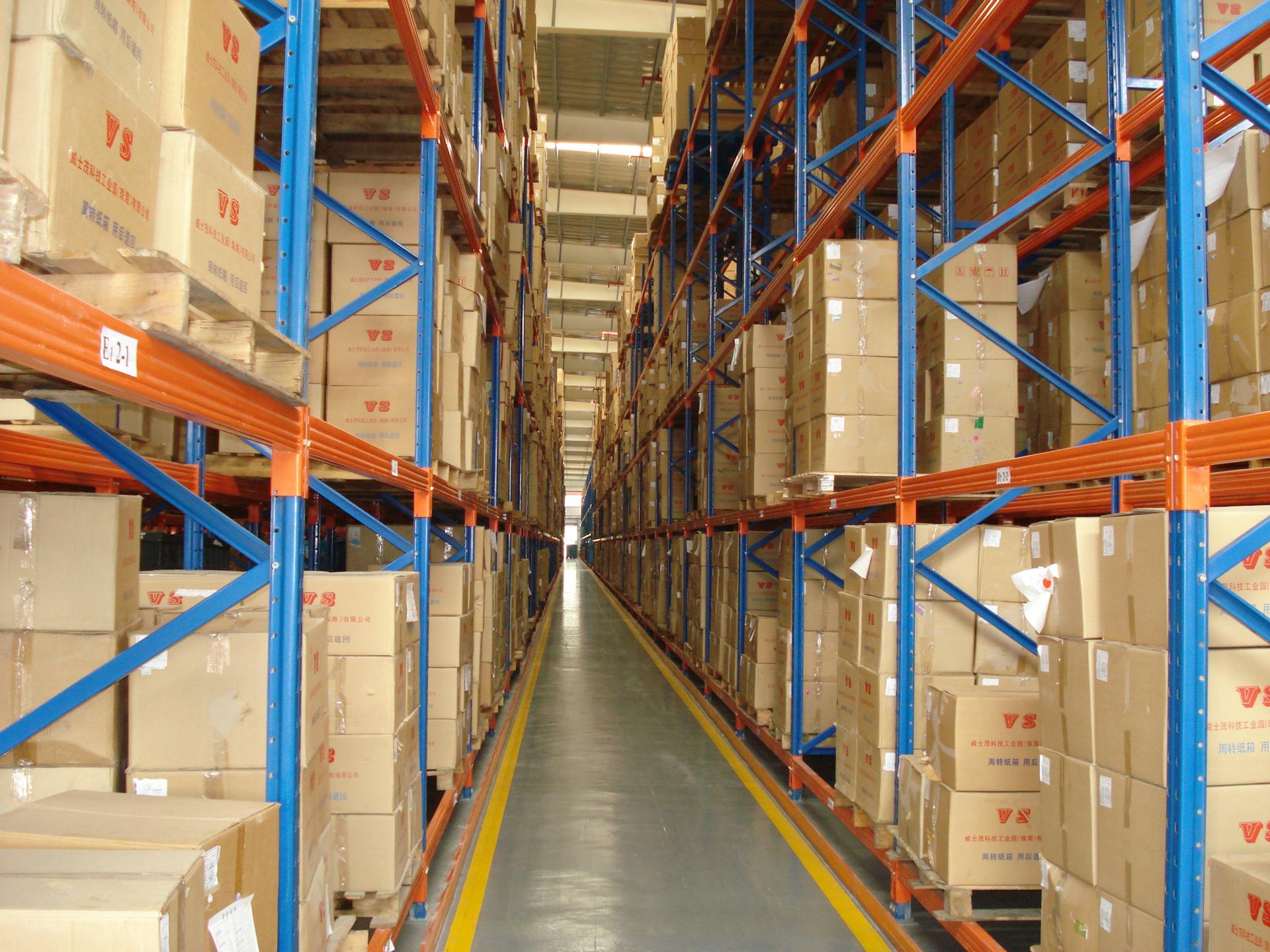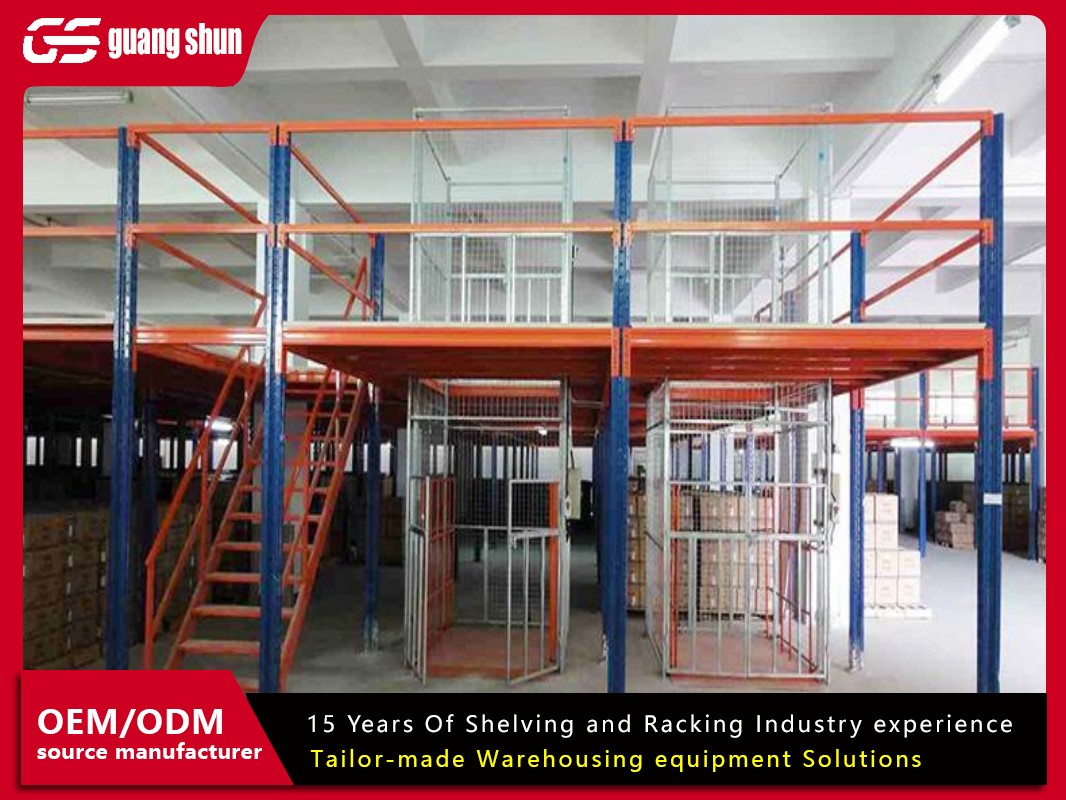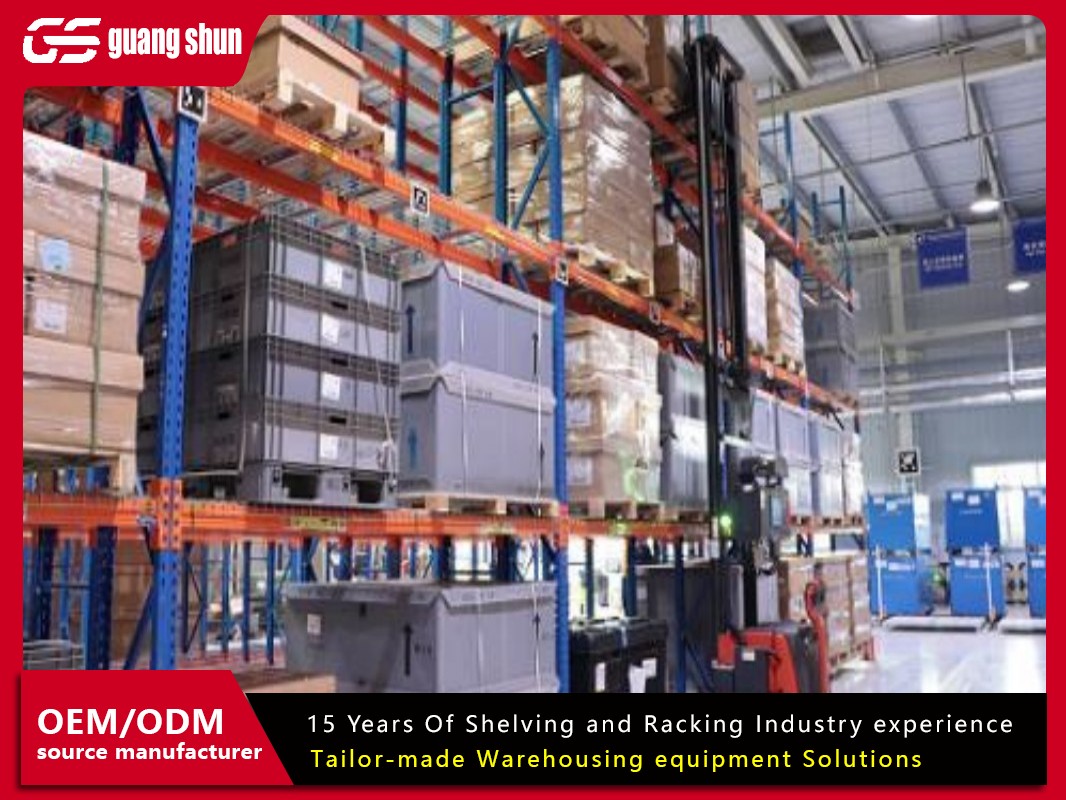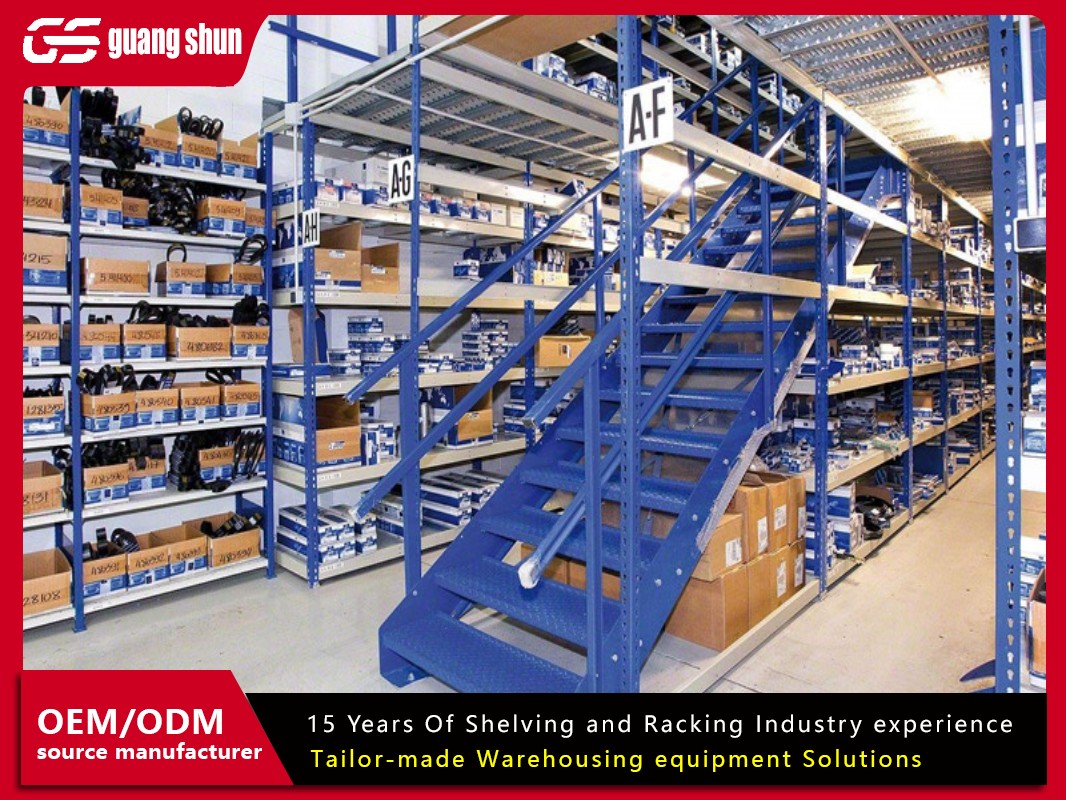1. Introduction to Narrow Aisle Racking
Narrow Aisle Racking (NAR), also known as Very Narrow Aisle (VNA) Racking, is a high-density storage system designed to maximize warehouse space utilization. Unlike conventional pallet racking, NAR systems feature significantly narrower forklift operating aisles—typically between 63 inches (1,600 mm) and 79 inches (2,000 mm)—enabling businesses to store more goods in the same footprint. These systems are widely adopted in logistics centers, large-scale warehouses, and distribution hubs where space optimization and inventory turnover efficiency are critical.
The core structure of NAR combines the framework of traditional beam-style racking with specialized guidance systems, such as floor-mounted rails or wire-guided forklifts. This setup ensures precise navigation for forklifts in tight spaces, reducing the risk of collisions and improving operational safety.

2. Key Features of Narrow Aisle Racking
A. High-Density Storage
NAR systems achieve 30–50% higher storage density compared to standard pallet racking by minimizing aisle widths. For example, a warehouse with 10-foot aisles using conventional racking could reduce aisles to 6.5 feet with NAR, freeing up floor space for additional storage lanes.
B. Specialized Equipment Compatibility
NAR requires purpose-built forklifts, such as turret trucks or three-directional reach trucks, which operate within the narrow aisles. These vehicles feature rotating bases or side-shifting forks to access pallets without requiring aisle turns.
C. Structural Requirements
- Height: NAR systems are ideal for warehouses with clear heights exceeding 26 feet (8 meters), allowing vertical storage optimization.
- Load Capacity: Heavy-duty steel columns and beams support weights up to 2,500 lbs per pallet position, suitable for industrial and bulk goods.
D. Flexibility in Inventory Management
NAR supports both First-In-First-Out (FIFO) and Last-In-First-Out (LIFO) workflows, making it adaptable to industries like food distribution (FIFO) or automotive parts (LIFO).
3. Advantages of Narrow Aisle Racking
A. Space and Cost Efficiency
By reducing aisle widths, businesses can store up to 50% more inventory in the same square footage, lowering real estate costs per pallet position.
B. Improved Operational Efficiency
- Faster Throughput: Narrow aisles shorten travel distances for forklifts, accelerating loading/unloading times by 20–30%.
- Reduced Labor Costs: Automated guided vehicles (AGVs) or wire-guided forklifts minimize human error and training time.
C. Scalability
NAR systems are modular, allowing companies to expand storage vertically or horizontally as inventory needs grow.
D. Enhanced Safety
Guidance systems and restricted aisle access reduce collision risks, while reinforced structures prevent tipping during seismic events.
4. Disadvantages and Challenges
A. High Initial Investment
- Equipment Costs: Specialized forklifts like turret trucks cost 30–50% more than standard models.
- Infrastructure Upgrades: Warehouses may need reinforced floors or taller ceilings, adding to installation expenses.
B. Operational Complexity
- Training Requirements: Operators need extensive training to maneuver in narrow aisles safely.
- Maintenance: Guidance rails and sensors require regular calibration to prevent malfunctions.
C. Limited Accessibility
NAR is less suitable for small warehouses with low ceilings or irregularly shaped layouts.
5. User Requirements for Adopting NAR
Businesses should consider NAR if they meet the following criteria:
- High Inventory Volume: Frequent stock rotation with large SKU counts.
- Space Constraints: Limited warehouse footprint but high storage demand.
- Advanced Material Handling: Willingness to invest in automated or guided forklifts.
- Vertical Storage Potential: Ceiling heights exceeding 26 feet (8 meters).
6. Comparison with Conventional Racking Systems
| Feature | Narrow Aisle Racking | Standard Pallet Racking |
|---|
| Aisle Width | 63–79 inches | 120–144 inches |
| Storage Density | High (30–50% more) | Moderate |
| Forklift Type | Turret trucks/AGVs | Counterbalance forklifts |
| Cost | Higher upfront investment | Lower initial cost |
| Best For | Large warehouses, high turnover | Small warehouses, slow-moving goods |
7. Conclusion
Narrow Aisle Racking is a game-changer for industries prioritizing space optimization and rapid inventory turnover. While the upfront costs and infrastructure requirements are significant, the long-term benefits in storage capacity, operational speed, and cost savings make it a strategic choice for large-scale logistics operations. Companies must weigh their specific needs against the system’s demands to determine if NAR aligns with their growth goals.






